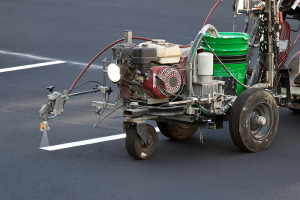Kaiser Permanente aims high in new sustainability initiative

Kaiser Permanente is using wind power to decrease its carbon emissions.
Re-emphasizing its commitment to sustainability, Kaiser Permanente, Oakland, Calif., is pursuing ambitious new environmental goals that include becoming carbon positive, buying only sustainably produced food and sending zero waste to landfills by 2025.
Kaiser’s energy objective, which is described in this month’s cover story, is to become carbon net positive without increasing the overall cost of the energy purchased to power its hospitals and other buildings, says Ramé Hemstreet, chief energy officer, Kaiser Permanente.
“Our strategy will include using cost- effective clean energy sources to meet our massive energy needs and aggressively reducing our use of energy in our hospitals and other buildings. To the degree that we are still emitting greenhouse gases, we will buy carbon offsets,” he says.
Another ambitious goal for Kaiser Permanente includes recycling, reusing or composting 100 percent of its nonhazardous waste by 2025.
While the system is diverting about 36 percent of its waste from landfills, it will take full cooperation from all staff to reach the ultimate objective, says Kathy Gerwig, environmental stewardship officer.
“It will require the participation of every one of our employees,” Gerwig says. “The good news is that we know from experience that our employees are often the most enthusiastic and passionate about this work, and because they’re on the front lines, they see the problems and are the ones to come up with ideas for reducing waste in their work streams and areas.”
Other goals include:
- Buying all of its food locally or from producers that use sustainable practices, including using antibiotics responsibly.
- Reducing the amount of water it uses by 25 percent per square foot of buildings.
- Choosing safer chemical alternatives for 50 percent of the products purchased, including medical and nonmedical supplies, cleaning materials, building materials, furnishings and more.
Kaiser Permanente leadership will develop yearly plans with annual targets and multiyear milestones with which to measure performance and progress. Gerwig is confident about reaching the goals.
“We have adopted ambitious environmental stewardship goals in the past and worked together amid oftentimes complex and changing dynamics to meet or exceed them,” Gerwig says.




